Do you have a question about the Panasonic TX-26LE8A and is the answer not in the manual?
Details on the TV's power requirements, including voltage and frequency.
Information about the screen size, resolution, and pixel count.
Specifications for the TV's audio output and speaker system.
Supported TV broadcast reception systems and band names.
Basic rules for safe servicing and handling to prevent electrical hazards.
Procedure to measure touch currents to prevent shock hazards.
Procedure for automatic checking of bus lines and hexadecimal codes.
Identifies defective blocks by the number of power LED blinks.
Procedures for checking the status of the front panel LEDs and remote receiver.
Steps and torque specifications for installing chassis components.
Instructions for routing and securing wires within the chassis.
Detailed guide on wire routing and connection points.
Step-by-step guide for routing the 2-pin AC power cord.
Step-by-step guide for routing the 3-pin AC power cord.
Instructions for installing chassis mounting rails.
Steps for attaching VESA and pedestal mounting brackets.
Preparation steps for the TV pedestal assembly.
Procedure for installing the LED panel assembly.
Instructions for mounting the LCD panel assembly into the cabinet.
Steps for attaching the back cover and model name plate.
Accessing and adjusting Service Mode 1 settings.
Accessing and adjusting Service Mode 2 settings.
Entering and exiting the self-check diagnostic mode.
Procedure for enabling and configuring Hotel Mode settings.
Table of voltage measurements for the A-Board.
Table of voltage measurements for the P-board.
Component layout and parts location for the A-Board (A Side).
Component layout and parts location for the A-Board (B Side).
Explains symbols, notations, and safety precautions for schematics.
Schematic diagram for the A-Board (Part 1 of 10).
Schematic diagram for the A-Board (Part 2 of 10).
Schematic diagram for the A-Board (Part 9 of 10).
Schematic diagram for the G-Board (Part 1 of 2).
Schematic diagram for the K-Board (Part 1 of 1).
Schematic diagram for the P-Board (Part 1 of 4).
Schematic diagram for the P-Board (Part 2 of 4).
Schematic diagram for the P-Board (Part 4 of 4).
Schematic diagram for the SW-Board (Part 1 of 1).
Schematic diagram for the V-Board (Part 1 of 4).
Schematic diagram for the V-Board (Part 2 of 4).
Schematic diagram for the V-Board (Part 4 of 4).
Visual guide to the location of major mechanical parts.
Detailed list of electrical replacement components and their part numbers.
Details on the TV's power requirements, including voltage and frequency.
Information about the screen size, resolution, and pixel count.
Specifications for the TV's audio output and speaker system.
Supported TV broadcast reception systems and band names.
Basic rules for safe servicing and handling to prevent electrical hazards.
Procedure to measure touch currents to prevent shock hazards.
Procedure for automatic checking of bus lines and hexadecimal codes.
Identifies defective blocks by the number of power LED blinks.
Procedures for checking the status of the front panel LEDs and remote receiver.
Steps and torque specifications for installing chassis components.
Instructions for routing and securing wires within the chassis.
Detailed guide on wire routing and connection points.
Step-by-step guide for routing the 2-pin AC power cord.
Step-by-step guide for routing the 3-pin AC power cord.
Instructions for installing chassis mounting rails.
Steps for attaching VESA and pedestal mounting brackets.
Preparation steps for the TV pedestal assembly.
Procedure for installing the LED panel assembly.
Instructions for mounting the LCD panel assembly into the cabinet.
Steps for attaching the back cover and model name plate.
Accessing and adjusting Service Mode 1 settings.
Accessing and adjusting Service Mode 2 settings.
Entering and exiting the self-check diagnostic mode.
Procedure for enabling and configuring Hotel Mode settings.
Table of voltage measurements for the A-Board.
Table of voltage measurements for the P-board.
Component layout and parts location for the A-Board (A Side).
Component layout and parts location for the A-Board (B Side).
Explains symbols, notations, and safety precautions for schematics.
Schematic diagram for the A-Board (Part 1 of 10).
Schematic diagram for the A-Board (Part 2 of 10).
Schematic diagram for the A-Board (Part 9 of 10).
Schematic diagram for the G-Board (Part 1 of 2).
Schematic diagram for the K-Board (Part 1 of 1).
Schematic diagram for the P-Board (Part 1 of 4).
Schematic diagram for the P-Board (Part 2 of 4).
Schematic diagram for the P-Board (Part 4 of 4).
Schematic diagram for the SW-Board (Part 1 of 1).
Schematic diagram for the V-Board (Part 1 of 4).
Schematic diagram for the V-Board (Part 2 of 4).
Schematic diagram for the V-Board (Part 4 of 4).
Visual guide to the location of major mechanical parts.
Detailed list of electrical replacement components and their part numbers.
| Screen Size | 26 inches |
|---|---|
| Resolution | 1366 x 768 |
| Display Type | LCD |
| Aspect Ratio | 16:9 |
| Brightness | 500 cd/m² |
| Contrast Ratio | 8000:1 |
| Response Time | 8 ms |
| HDMI Ports | 2 |
| USB Ports | 0 |
| Viewing Angle | 178° |
| Power Consumption | 95 W |
| HD Format | 720p (HD Ready) |
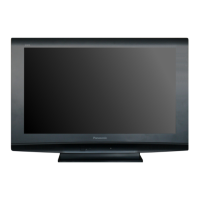

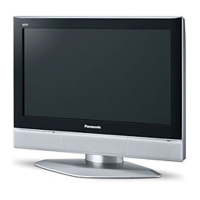
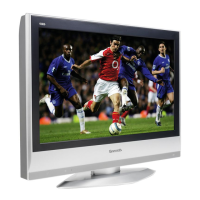

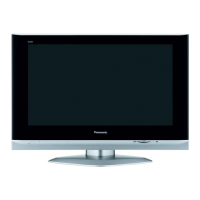


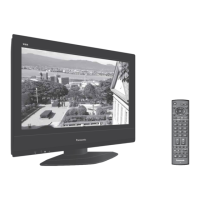
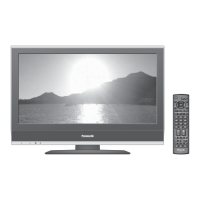
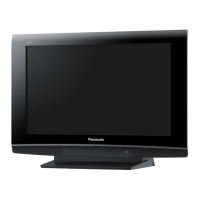

